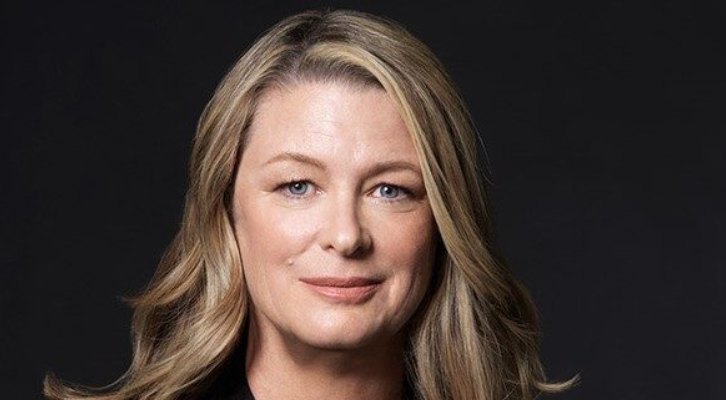The age old conundrum of which came first, the chicken or the egg, can definitely be applied to author branding and the genres across which an author writes. While many authors establish a brand based on the books they write, others write books (especially non-fiction) inspired by an existing brand. Since what we want to write and who we are as people can evolve over time, it becomes hard to tell which came first or which is leading our literary evolution.
We might ask ourselves… Do we write in a specific genre because it aligns with our interests, personality, and expertise? Do we limit ourselves to a specific genre because we have already established it as our brand? Do we adapt our brand to fit the stories we want to write?
The farther an author strays out of a specific category, the more challenging we become to brand. Some authors address this challenge by creating pen names for different genres of work. I’m more interested in how we can unify works in multiple genres under one overarching brand. In order to accomplish this, we need a clear understanding about what this means.
I define brand as a public identity used in marketing to help shape the perception and expectation of potential readers for an author’s literary work.
Brands are intangible concepts that help to define and unify products from a singular source. Since a brand is a tool for marketing, an aspiring author does not need a brand in order to write. That said, if an aspiring author already has a brand, it can inspire what they write.
It’s easy to comprehend branding when looking at a company like Nike. They have a clear—Just do it! —energy and a contemporary, urban athletic culture. It makes perfect sense for them to make and sell products in a variety of categories—clothes, shoes, gear—for different sports aimed at a broad target audience. No one would expect Nike to limit their categories or sports. No one would expect them to target their audience to only men, women, kids, hardcore athletes, sports enthusiasts, or couch potatoes who just like wearing great-looking comfortable clothes.
Why can’t authors do this? Answer: We can! If we brand the author instead of the work.
As authors we frequently create brands for ourselves according to a particular book, book series, or the category which covers our book or series. But if we write in multiple genres—and don’t use multiple names—we’ll need an overarching brand that covers us as an author and everything we write. In order to create a cohesive brand, we need to find the common themes between who we are as people and the literary works we create.
Although a brand can be created before, during, or after publication, I’ve found it was most needed when I was marketing a new book or creating (and updating) my website. Although this frequently happens after an author lands their first book deal and has that all-important marketing conversation with their publisher, it could happen earlier or repeatedly throughout a career.
No matter how different our literary works might seem, since they all come from us, commonalities will appear. The trick is to bypass the specifics and examine the core.
The same can be said about empathy. We don’t need to be widowed to understand loss. We don’t need to have murdered to have experienced rage. We don’t need to share the same beliefs to feel passionate about our cause. In order to connect with a person or character who is very different from ourselves, we can relate to them on a universal level.
Since our literary works comes from our own imagination, the chances are pretty good that we’ll find universal commonalities between what we write and who we are as people. The genres may vary, but certain core themes, emotions, or interests will find their way into our writing.
Once we find the common elements between us and our work, we can have a lot more fun with social media—a source of stress for many authors.
We all know we’re not supposed to promote our books 24/7, but what do we do in between? How do we reinforce our author brand without posting about our books?
Since we tend to write about themes, issues, communities, hobbies, etc. that appeal to us as people, we’ll probably discover that most of what we want to post about can be framed, authentically, to reinforce our brand.
For example: I write suspenseful and often action-packed novels and short stories that expand awareness and empower the spirit. Regardless of the genre I’m writing, most of my work involves diverse cultures, complex family dynamics, women of agency, and the struggle for empowerment and justice.
These themes pop up in my Lily Wong mystery thriller series about a Chinese-Norwegian modern-day ninja from Los Angeles, most of my horror, fantasy, mystery, and thriller short stories, and my newly released Brazilian horror epic, Dance Among the Flames, about a desperate mother who rises from the slums of Brazil to become a fearsome wielder of Quimbanda magic.
Since these themes also relate to me as a person, it feels natural to reinforce them through my social media presence. If you visit my website, Instagram, Facebook, and (to a lesser degree) Twitter, you’ll see an abundance of positive, empowering, family-oriented, culturally-diverse posts. From yoga handstands and multicultural recipes to ninja training videos and shots of my adorable Hapa-Hawaiian grandbaby in Shanghai, everything I post speaks to who I am as a person and how it fits into my multicultural and empowering author brand.
That said, art—like life—can change.
When pivoting or breaking out of a genre, it helps to control the narrative and lay a foundation for a shift in author brand. Expanding social media posts to introduce the new interest, speaking about the new genre and project while promoting a book, and updating profiles and website to make sure the branding reflects what is to come all guide public perception and facilitate a seamless transition.
Most importantly for me, I allow room to evolve.
I’ve explored many careers on my journey to writing novels: acting, singing, dancing, screenwriting, and martial arts. Even when I reached high levels in my craft, I always gave myself permission to pivot and grow. It’s led to interesting life twists. Some of them challenging. Some of them fun. Every new endeavor and career has led me to where I am and who I have become, not only as a person but as a writer with a point of view and a voice.
***


















